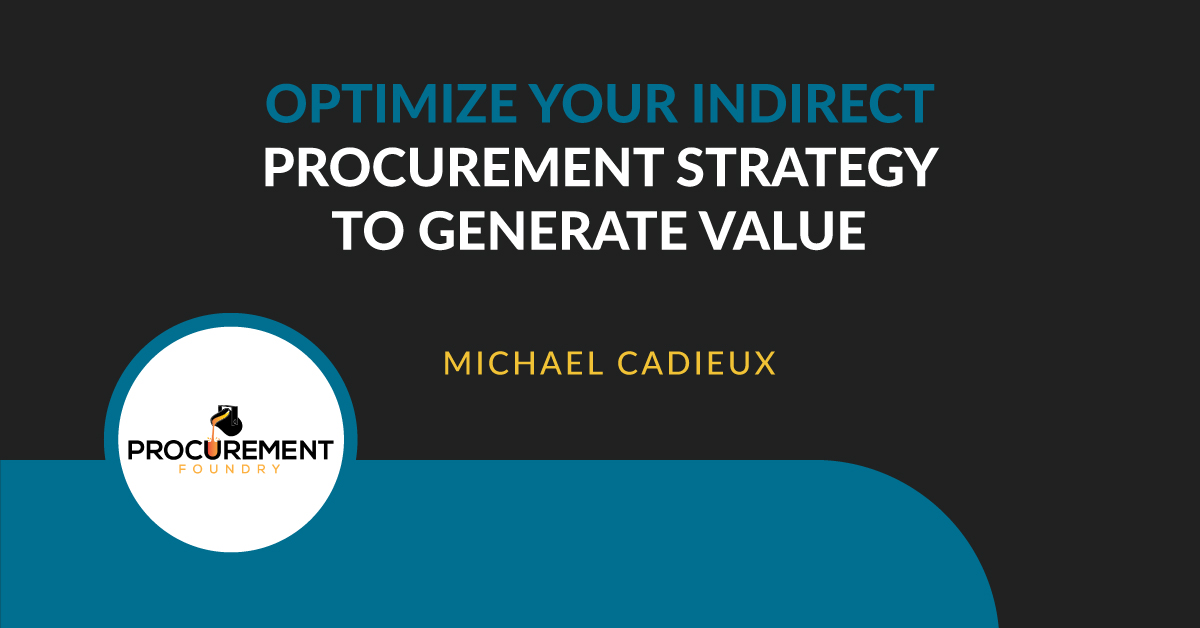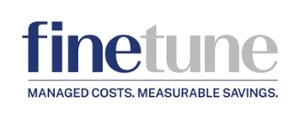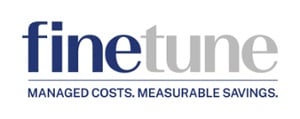Maximizing Savings Opportunities and Procurement's Strategic Value for CPOs
Saving money is not always about pinching pennies: advanced and data-driven insights enable you to identify real cost-saving opportunities, negotiate...
4 min read
![]() Michael Cadieux
:
8/29/22 8:00 AM
Michael Cadieux
:
8/29/22 8:00 AM

Everyone seems to be talking about indirect procurement these days. For procurement practitioners looking for more information on indirect procurement, we’ll explore everything you need to know about indirect procurement, including how developing an optimized indirect procurement strategy can help you generate value for your company as you face today’s current global procurement issues.
First off, let’s start by getting a clear definition of what exactly indirect procurement is and point out what differentiates it from direct procurement. I like the explanation of the indirect procurement process that approve.com provides, which defines the term as “optimizing the purchasing of any items used to maintain day to day operations.”
This typically includes goods and services not directly related to manufacturing a business’s products. Just for your reference, examples of this could include such things as office supplies, hardware, equipment, travel expenses, marketing campaigns, rent for facilities, utilities, maintenance, repairs, outsourced services (IT, accounting), other professional services (advisors, consultants), and much more.
So, how does that differ from direct procurement? Good question. With direct procurement, you are more focused on purchasing the raw materials needed to manufacture the product(s) sold by the company. Examples of direct procurement items would include things like vegetables, meats, and other ingredients (for a restaurant), hard drives, screens, keyboards, and similar items (for a computer manufacturing company), and fabrics like cotton, silk, linen, and more (for a business selling clothing or textiles). Depending on what the company is manufacturing or producing, the direct procurement purchases will vary accordingly, but this gives you an idea of the differences.
Now that we have the definitions of the two defined, let’s dive into how to pinpoint some of the key differentiating factors between direct and indirect procurement spend:
Procurement strategy is a developed long-term plan to enable your organization to cost-effectively acquire the necessary supplies from a list of efficient vendors who will deliver quality goods on time, abiding by the purchasing terms. It’s the most sought-after concept within the procurement community—and for good reason. At the core of procurement strategy’s dependence are a few key factors, which include considerations like purchase timeline, available budget, total cost of ownership, possible risks, and more.
And with the “risks” today being so high—amid a constantly changing world where the variables are shifting at a breakneck and unprecedented pace—the constant flux we find ourselves in today calls for a clear, actionable, and agile procurement strategy to match. It is a matter of grave importance. There is no other way to word it.
And the importance of having a clear and concise strategy with indirect procurement in particular, which according to the experts at McKinsey & Company, has seen an increased spend of roughly 7% annually since 2011, can’t be underestimated. After all, that is a considerable chunk of change we are playing with there, and far too many organizations today fail to give indirect procurement the consideration it merits.
So, what do I mean by giving it attention and proper consideration? And what is being done today to develop better indirect procurement strategies?
Organizations across the globe are pivoting to address constant change—and challenges—they face daily by adopting new approaches and visions for indirect procurement. These visions are based heavily on the reliance and incorporation of new technologies to optimize success and achieve the ultimate cost savings and process efficiencies.
These common challenges include spending spread across multiple locations, business units, and categories, among others. All these things are addressed by upping the ante by enlisting the latest technology and talent required to meet these challenges. So, what does this look like exactly? Listed below are the key elements focused on today:
Now that you see the extreme importance of having a solid indirect procurement strategy, here are some specific areas you can focus on—and simple, proactive steps you can take—to up your indirect procurement strategy game:
Want to learn even more and start taking your next steps today? Join the Foundry—we can help.

Saving money is not always about pinching pennies: advanced and data-driven insights enable you to identify real cost-saving opportunities, negotiate...

The topic of our recent roundtable discussion with a dozen Procurement Foundry community members—exploring potential flaws in procurement incentive...

Every 30 days or so, I get the same alert on my phone—“Your electricity bill is available for viewing.” I take a quick look, make sure nothing seems...